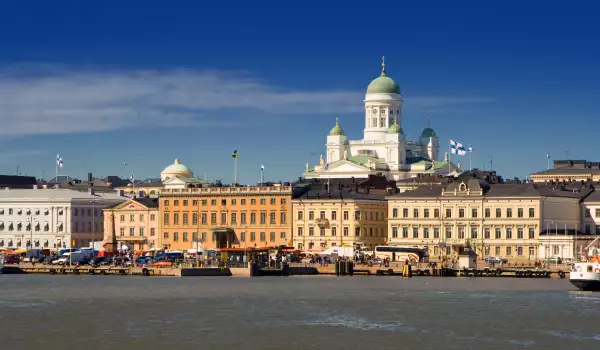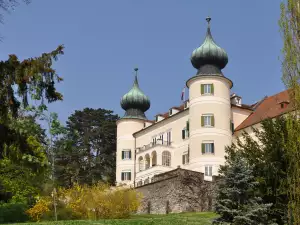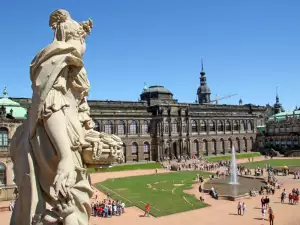Helsinki

Finnish archipelago, which starts from Helsinki and reached the oldest Finnish city of Turku, is perhaps the greatest treasure of Finland. Especially beautiful is the southwestern coastline, which includes more than 20, 000 small islands and rocky reefs. There you can see some of the oldest medieval churches and buildings dating from the 12th century. This unique sea view can not leave anyone indifferent to her beauty, it gives a UNESCO biosphere reserve status.
The Finnish capital Helsinki is located on the north coast of the Gulf of Finland. Helsinki is the largest city in the country as its population reaches 600 000.
In the largest agglomeration of Helsinki is included the cities Espoo and Vantaa, which together with the population of the large metropolitan area increases to over 1 300 000 people.
Helsinki is located in southern Finland, the Province of Southern Finland Region Uusimaa.The Baltic Sea washes off the city. From the Danish capital, Stockholm, Helsinki is located approximately 300 kilometers and from the Estonian capital Tallinn, the distance is only 80 km. The former Russian capital, St Petersburg is also located about 300 km from Helsinki.

Helsinki is the main political, educational, financial, cultural and Research Centre of Finland. Helsinki is also an important regional city on the Baltic Sea as a whole and one of the most important in Northern Europe. This beautiful coastal city has eight universities and six technology centers. About 70% of foreign companies operating in Finland have settled near Helsinki. In 2009 Helsinki was chosen to be the world capital of design for 2012 by the International Council of Societies for design.
In fact, when in Helsinki, it is possible to notice a strong similarity with the architectural masterpiece of the Russian Saint Petersburg. The beauty of both cities are located quite close to each other and was similar, probably because of the politics of the two northern countries - Russia and Finland over the years.
In the late 19th and early 20th century Finland had functioned as an independent Russian Duchy. As a consequence, today in the center of Helsinki you can still see the buildings of houses that were occupied by the rich Russian.
From 1323 to 1809 the territory of Finland was in possession of its neighbor - Sweden, which ultimately had a much greater influence on the architectural style of the city. Even the country's official languages are two - Swedish and Finnish.
The story of Helsinki started in 1550 when it was established by decree of the Swedish King Gustav Vasa. The original settlement was located at the mouth of the river shrouds Yoki.
Later, the place appears to be quite uncomfortable because of poor access to the sea. As a result, in 1964 the town was re-erected in the place which today is a rocky peninsula on the Gulf Estnes. In the 18th century almost all buildings in Helsinki were of wood.
The most central and hence most popular place in Helsinki is the Senate Square where most tour groups start and finish. The architecture of the square is very beautiful as most buildings are designed in neoclassical style.
Around the square at the corners are the most famous historical-architectural buildings in Helsinki. At one end is the Cathedral in Helsinki, the other - the Council of Ministers and two beautiful buildings for the University and the Library. All were built in the 18th century. In the center of the square in Helsinki you can see the interesting monument of King Alexander II.








